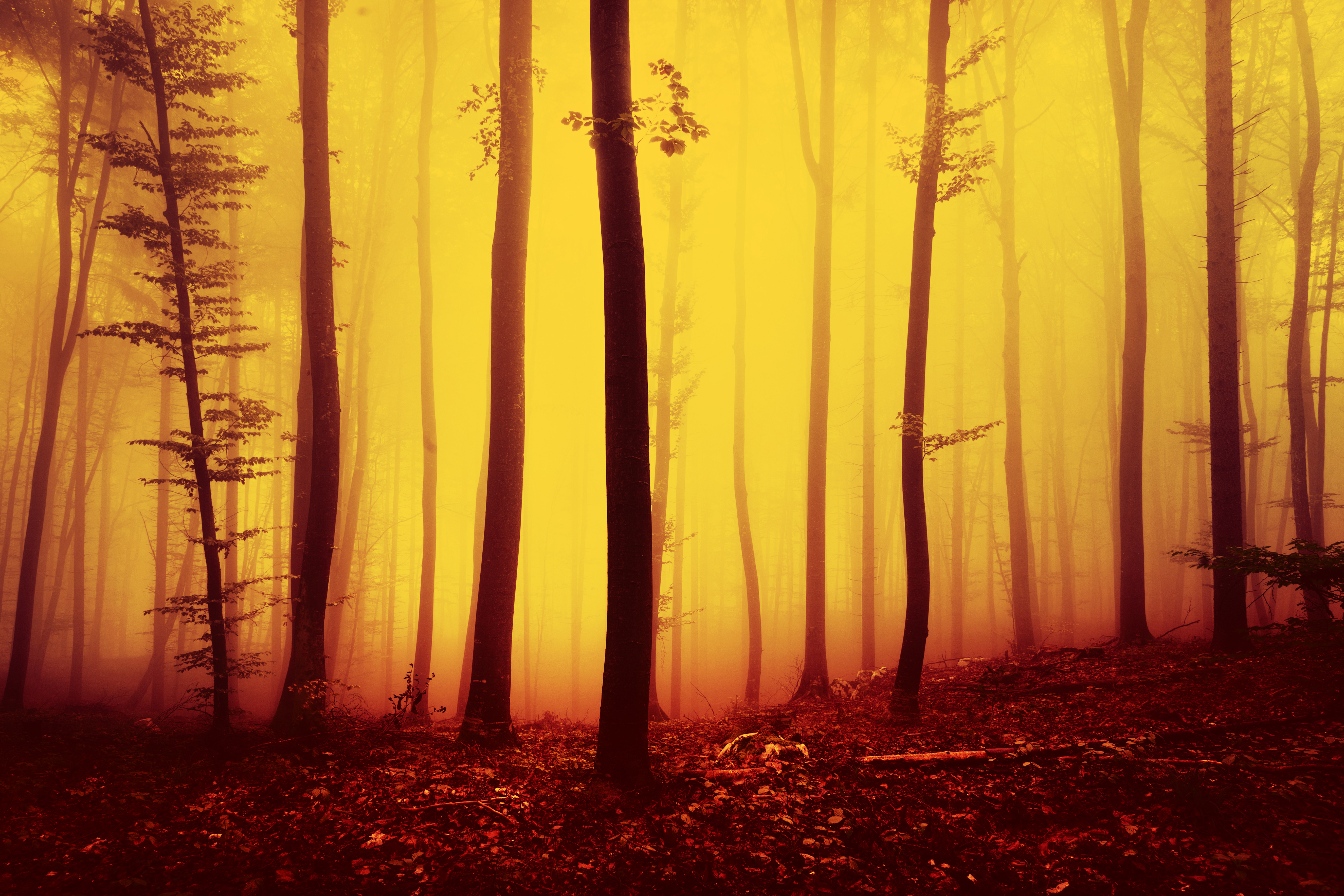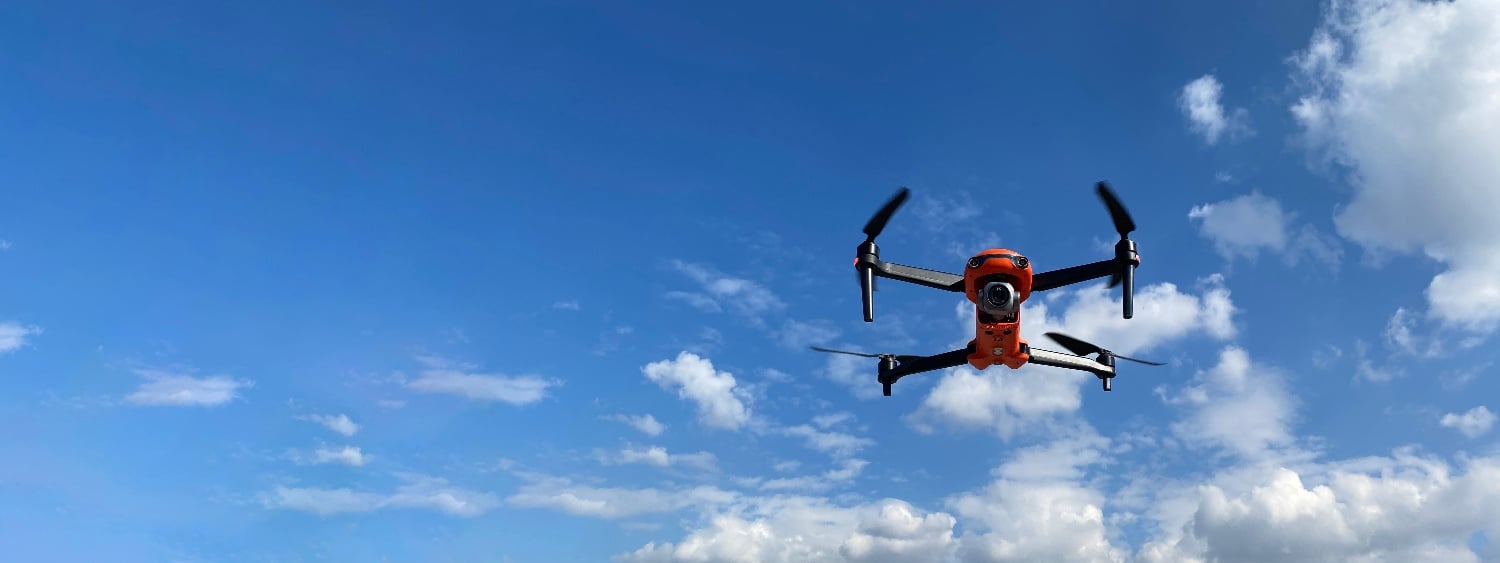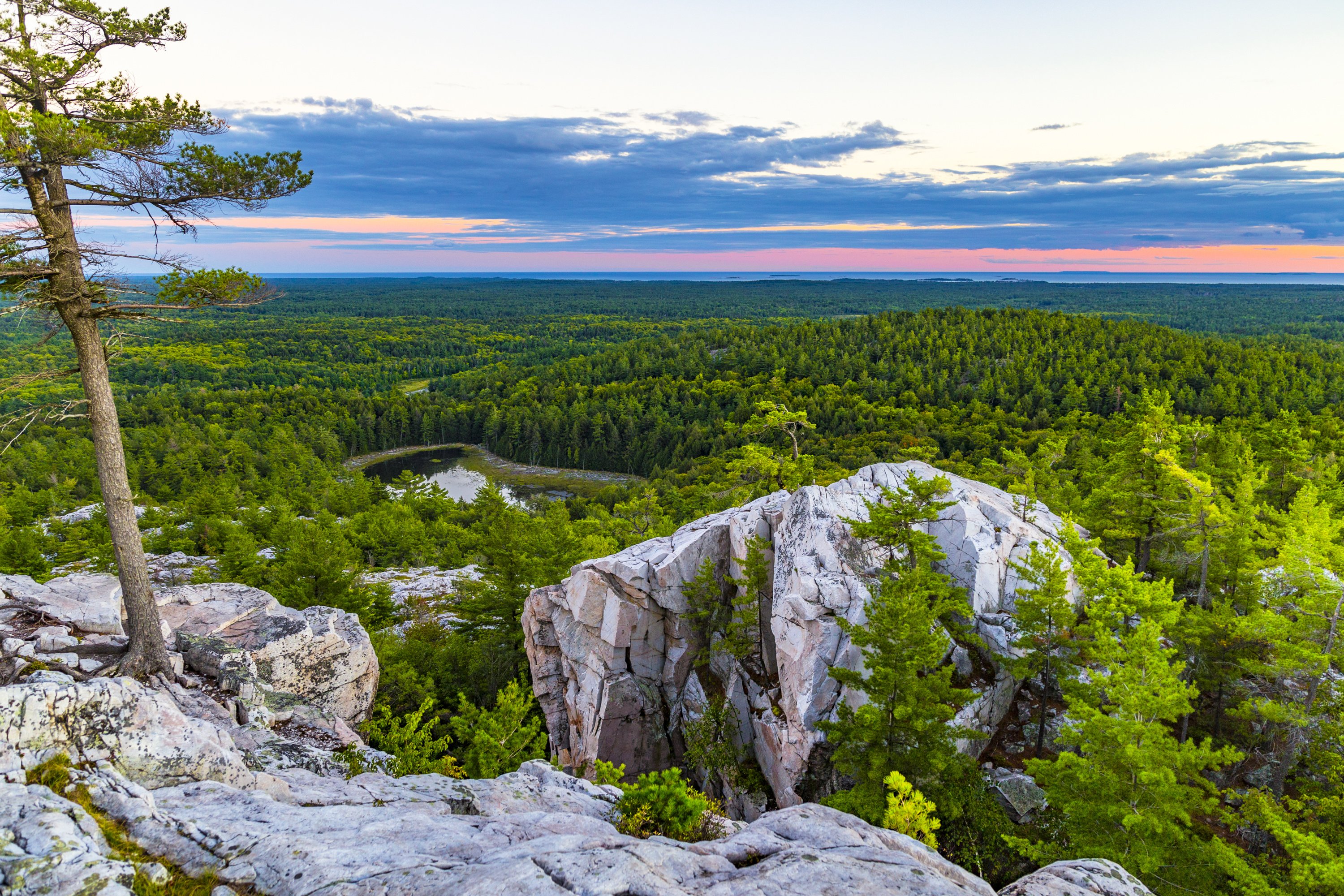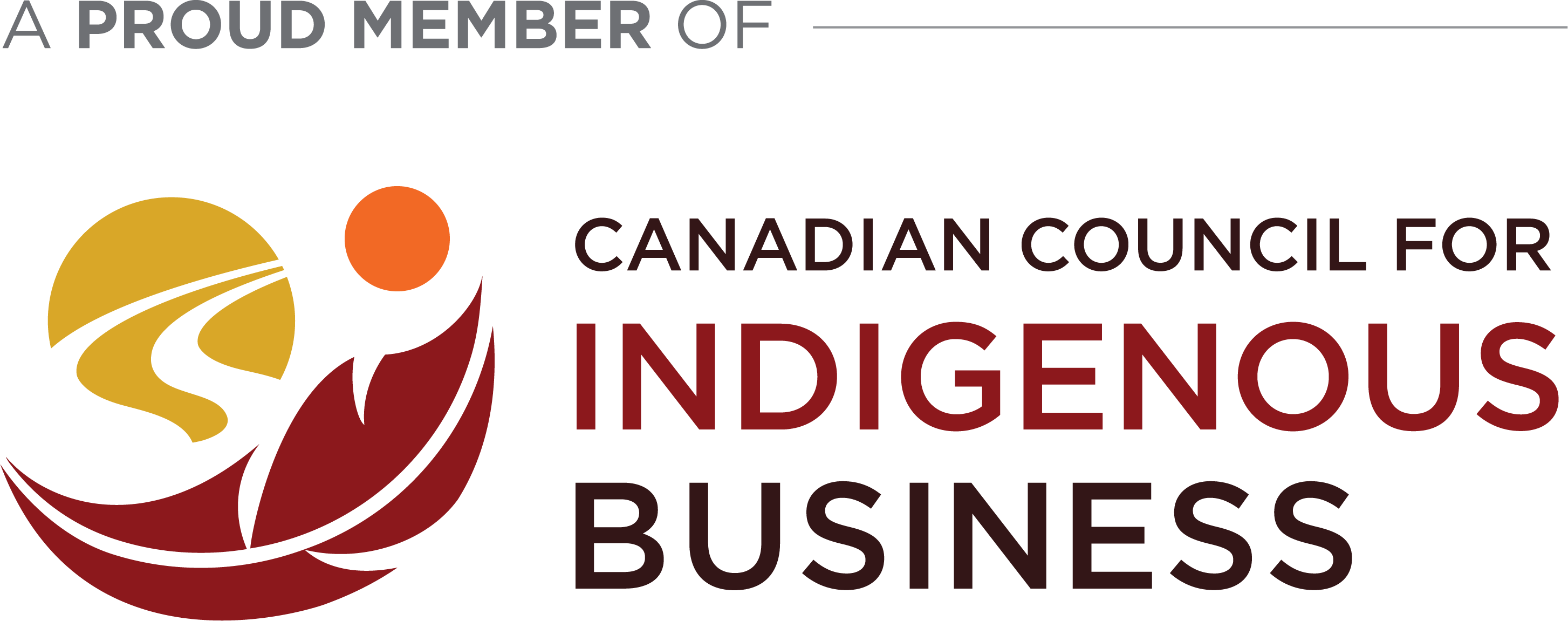Wildfires are a natural part of Canada's wildland ecosystem and play an integral role in nature. They recycle nutrients, regenerate the forest and create diverse vegetation that provides wildlife habitat.
As the population continues to grow, and communities become more intertwined with forested landscapes, the risk of wildfire to homes and infrastructure increases. Recent wildfire events in Slave Lake and Fort McMurray, along with increasingly frequent severe wildfire seasons in British Columbia, demonstrate the potentially devastating social, ecological and economic impact of wildfire on communities.
While there is a risk to living and doing business where wildfires may occur, it’s possible to live safely with this natural process. For example:
- Existing legislation in place: The Forest and Prairie Protection Act establishes regulations regarding fire control, prevention and education in the forested and prairie land in Alberta. Enhancements were made in March 2017 to the Act to further protect Albertans from wildfire.
- Prevention tools available: FireSmart is a planning tool designed to reduce the likelihood of large uncontrollable wildfires in forests near communities and infrastructure. It is built on partnerships between government, industry and homeowners.
FireSmart has become an essential component of wildfire prevention in Alberta. There are seven FireSmart disciplines, which when addressed together, can greatly reduce the threat of wildfire to communities:
- Education & Communication
- Vegetation Management
- Legislation & Planning
- Development Considerations
- Interagency Cooperation
- Cross Training
- Emergency Response Planning
Alberta invests millions annually into FireSmart activities to help reduce the risk and potential damage caused by wildfires. Funding is made available to municipalities, communities, First Nations and Metis Settlements through the Forest Resource Improvement Association of Alberta (FRIAA) FireSmart Program, the Alberta Agriculture and Forestry FireSmart Community Grant Program, and Indigenous and Northern Affairs Canada (INAC).
There are numerous resources available to people interested in learning more about FireSmart, including those interested in reducing the risk of wildfire to their home and neighborhood. Simple vegetation management tricks like thinning/pruning trees, replacing flammable vegetation with less-flammable varieties, and moving firewood away from a building can improve the likelihood of a home or business surviving a wildfire.
Visit FireSmart Canada to learn more about becoming FireSmart!







